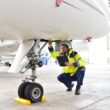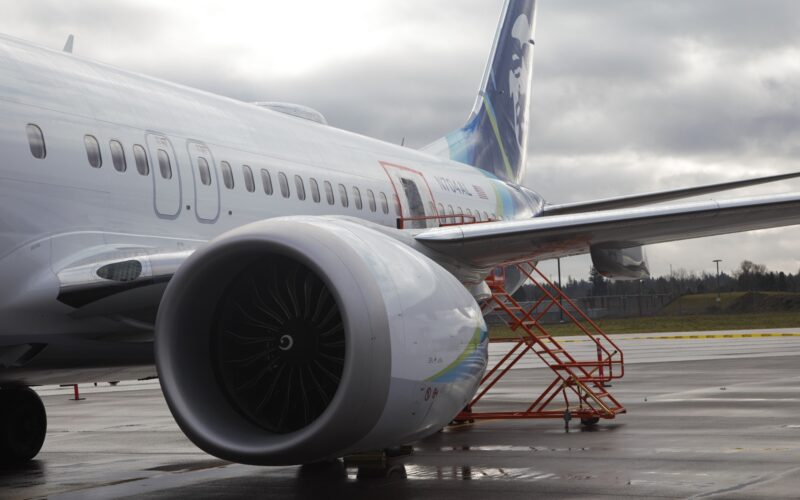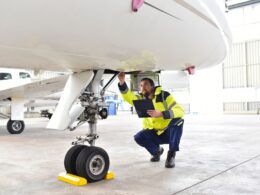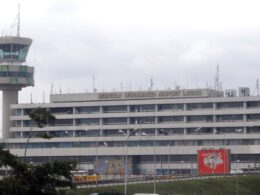On the same day Boeing published its latest quarterly financial results the President and CEO Dave Calhoun wrote to staff to say that the company’s focus remains on safety and quality despite posting a $355 million loss.
Against the backdrop of the Alaska Airlines 737 MAX 9 door plug blowout accident, a reduced aircraft production output, disgruntled airlines and a Federal Aviation Administration (FAA) laser-focused on every move Boeing makes, no one was expecting any miracles among the results.
However, the first quarter perhaps did not turn out quite as bad as some experts expected with $3.9 billion cash burn for the period rather than rather than a predicted $4.5 billion.
Revenue fell from $17.9 billion for the first quarter in 2023 by 8% to $16.6 billion for the same period in 2024 and Boeing also posted a core loss per share of $1.13.
“Our first quarter results reflect the immediate actions we’ve taken to slow down 737 production to drive improvements in quality,” Calhoun said. “We will take the time necessary to strengthen our quality and safety management systems and this work will position us for a stronger and more stable future.”
‘Non-compliance issues
If anything, Boeing’s first quarter results reflect the severe impact that the Alaksa Airlines Flight 1282 accident on January 5, 2024, has had on the aircraft manufacturer.
The incident sent Boeing into crisis management mode as 737 MAX 9s that matched the Alaska jet configuration were grounded.
The situation grew worse for Boeing when the National Transportation Safety Board (NTSB) said that there appeared to have been safety failures during the assembly of the accident aircraft.
A six-week audit by the FAA of Boeing and Spirit AeroSystems facilities subsequently found even more safety issues.
The FAA identified “non-compliance issues” across Boeing’s manufacturing process control, parts handling and storage, and product control.
Crucially the FAA also halted production expansion of the Boeing 737 MAX, and the 737 program has slowed production below 38 per month leaving customers without their promised planes.
“We are using this period, as difficult as it is, to deliberately slow the system, stabilize the supply chain, fortify our factory operations and position Boeing to deliver with the predictability and quality our customers demand for the long term. As these efforts begin to take hold, we’re seeing early signs of more predictable, stable and efficient cycle times in our 737 factory, and expect this will continue to slowly improve,” Calhoun said in the memo to staff.
‘We are in a tough moment’
He added: “Near term, yes, we are in a tough moment. Lower deliveries can be difficult for our customers and for our financials. But safety and quality must and will come above all else. We are absolutely committed to doing everything we can to make certain our regulators, customers, employees, and the flying public are 100 percent confident in.”
If there is any positive news for Boeing then the total company backlog growing to $529 billion, including more than 5,600 commercial airplanes, will have provided some hope for the future.
“There is a lot of work in front of us, but we remain fully confident in our future. While this effort will slow our recovery timing, we are starting to see these proof points that we’ll begin to stabilize and improve performance moving forward,” Calhoun said.










